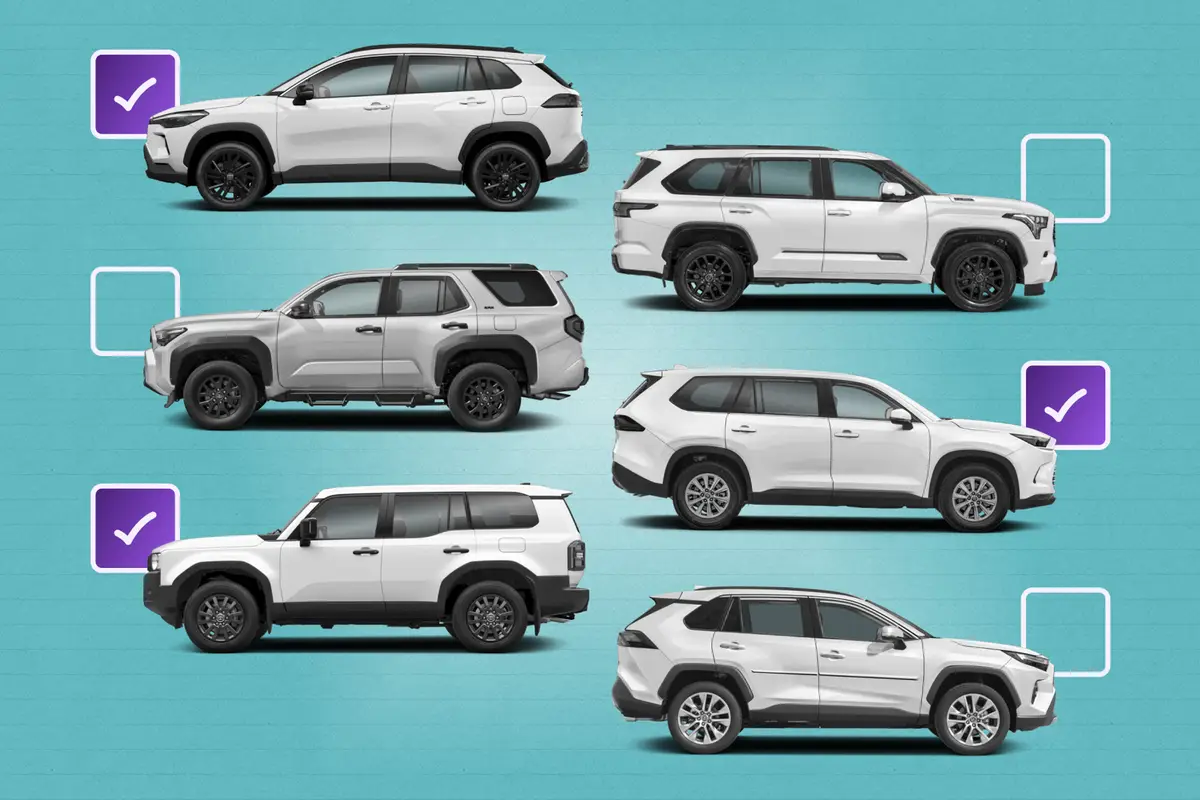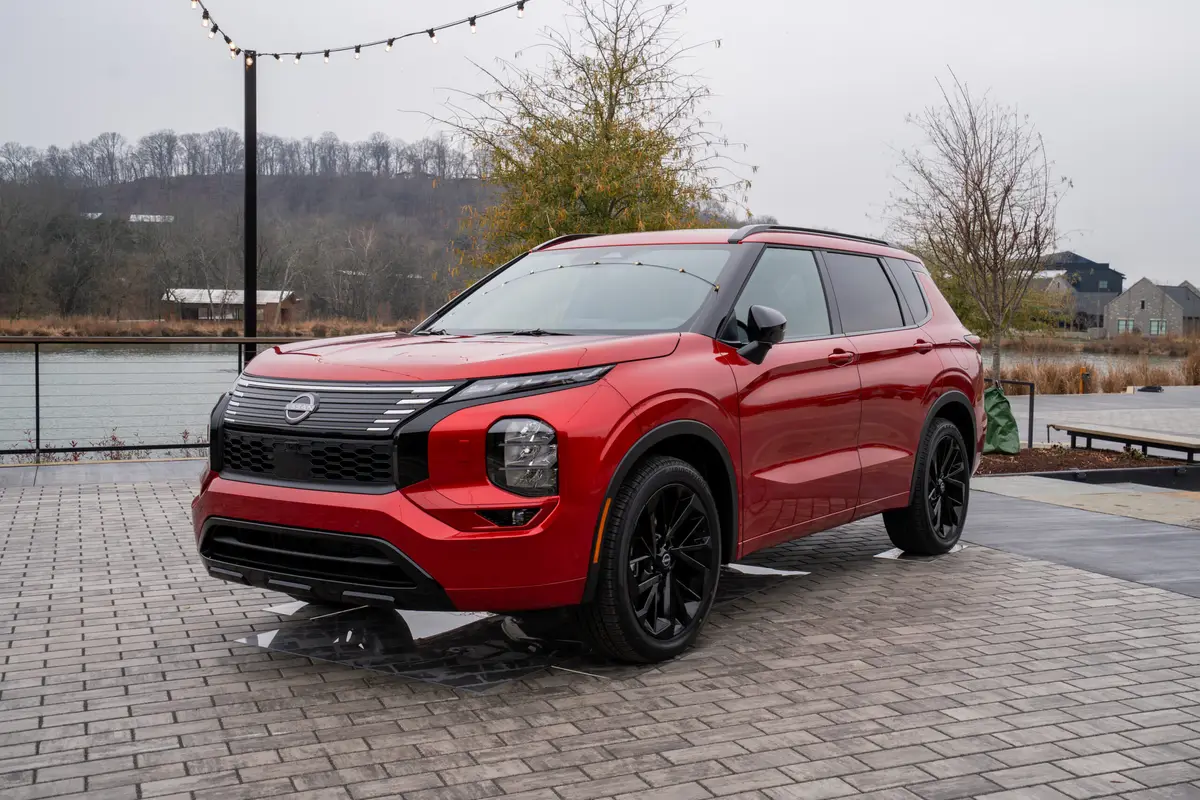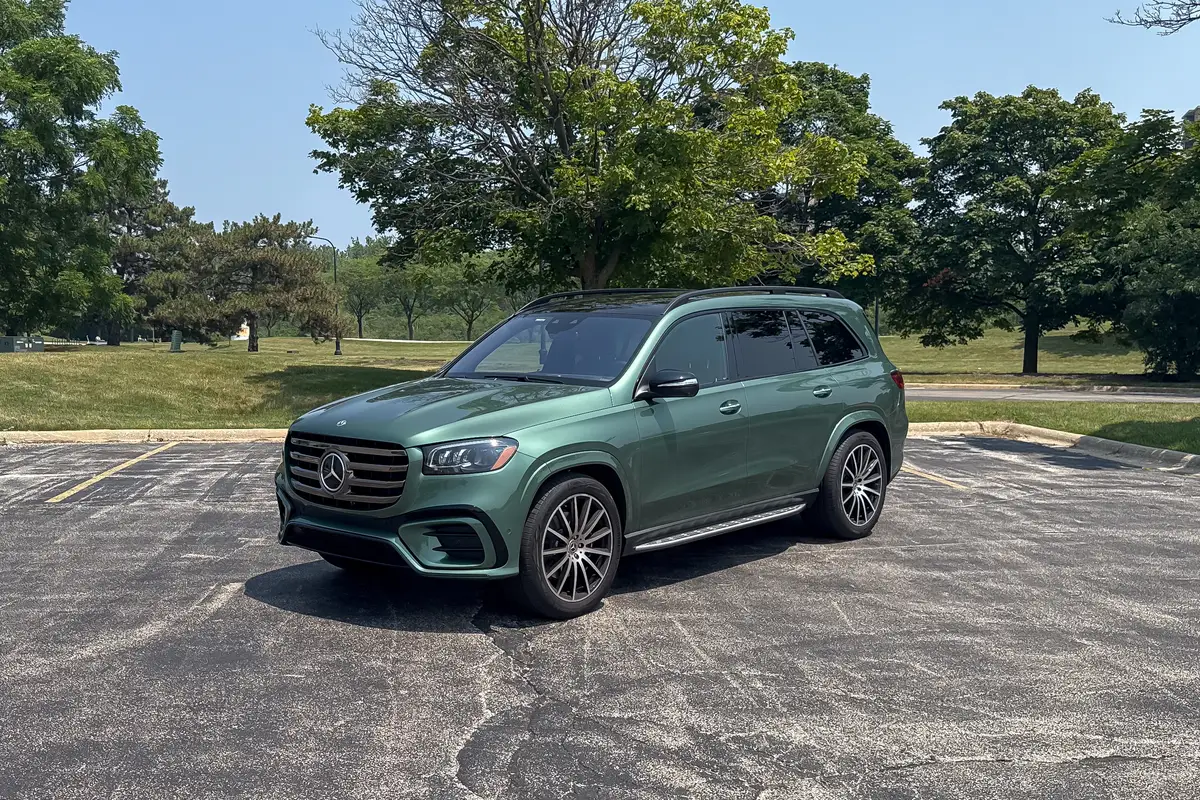Long-Term Kia EV9 Update: What We’ve Learned After 10,000 Miles


Our 2024 Kia EV9 Land is faring well after 10 months of service in our long-term test fleet. Our major issue so far was a recall for the digital instrument panel suddenly going blank, but since the software update to fix that issue, our experience has been mostly worry-free — so worry-free, in fact, that even though our 5,000-mile update came in November, we’re just one month into 2025 and have already crossed the 10,000-mile threshold. Holiday travel since our last update is responsible for a good chunk of those added miles, but how has the EV9’s efficiency fared? Read on to find out.
- ${price_badge()}
- ${ami_badge()}
- ${battery_badge()}${ev_report_link()}
- ${hot_car_badge()}
- ${award_badge()}
- ${cpo_badge()}
${price_badge_description}
${ami_badge_description}
The EV Battery Rating is based on this vehicle's current expected range relative to the vehicles expected range when new. ${battery_badge_text}
This vehicle is certified pre-owned, backed by a manufacturer warranty, and typically undergoes a rigorous multi-point inspection to ensure quality and reliability.
This vehicle is currently in high demand given its competitive price, desirable features, and overall condition, and may have a higher chance of selling quickly.
Shop the 2024 Kia EV9 near you


Temps and Average Efficiency Drop
In our last update, the EV9’s trip computer efficiency had taken a slight dip from 2.95 miles per kilowatt hour to 2.90, but cold weather and longer highway trips — where electric vehicles tend to be less efficient — have knocked our observed average down to 2.6. Several individual trips we’ve taken since our last update have resulted in efficiency ratings of less than 2 miles per kWh, with the lowest individual rating, a 1.8, occurring twice during a stretch of extremely cold days in the Chicagoland region during January. The EV9 charged normally and didn’t leave us stranded through it all, so we’ll forgive it (for now).
As we dream of warmer months ahead, we’ll see if the EV9’s efficiency rises with the temps.
What Does It Cost to Charge Our EV9?
The answer is: It depends. As our mileage has doubled, our charging costs have more than doubled. We’re also almost out of our complimentary 1,000 kWh of free charging at Electrify America stations; according to the charging company’s app, we have 89 kWh remaining, which is roughly enough for a single 10% to 90% charge.
Not counting the free EA charging, the total cost for charging that we’ve been able to observe and track is $1,239.12. That includes both public charging and the cost of charging at home, where we’re able to track energy usage and costs (not every bit of data we try to collect with each charging session is always available). Of that almost $1,240 we’ve spent, DC fast charging accounts for $1,056.91 of it at an average session cost of $30.20.
What Else Have We Learned?
Our charging records also serve as a record of what it’s like to own an EV. We’ve plugged the EV9 in more than 80 times already, and our DC fast-charging sessions have taken an average of 30 minutes before we’ve stopped charging. Some sessions have been longer, usually in situations where drivers charged to more than 80% — a point at which fast-charging speeds tend to dip — to extend the EV9’s range. We’ve also recorded some fast-charging sessions where the displayed peak charging rate was higher than the EV9’s rated maximum of 210 kilowatts, but more often, the maximum observed rate has been below 200 kW.
Since we’re living with our EV9 out in the real world as opposed to a controlled environment, there are many possible reasons why we’re not consistently reaching the max charging rate: the state of charge of the EV9’s battery before charging, battery temperature, ambient temperature, charger functionality and more. Also, sometimes we use stations that can’t deliver 210 kW. Anecdotally, it seems like the public charging experience has somewhat improved from where it was recently — at least near our Chicago HQ — as editors haven’t been complaining about broken or shut-down chargers nearly as often.
On the home charging front, our charging sessions take significantly longer but tend to add more range per session than DC fast charging. Many of these sessions run overnight; as one colleague likes to put it, home charging an EV is similar to plugging in your smartphone for the night. You start charging, go to bed and wake up with a full battery. For editors with home charging setups, spending time in the EV9 has been anything but a pain.
More From Cars.com:
- Kia EV Access to Tesla Superchargers Delayed; Hyundai, Genesis Access Still on Track
- Electric Cars With the Longest Range
- How Fast Does the 2024 Kia EV9 Charge?
- What It’s Like Caring For Our Kia EV9’s Matte Paint
- How Well Does the Kia EV9’s Digital Key Work?
More to Come
We’ve got an interesting comparison test with the new, all-electric 2025 Volkswagen ID. Buzz that we’re excited to share in the near future, and we also have some more deeper dives into specific aspects of our EV9 ownership experience. Keep an eye on our long-term test cars section for all of this coverage and more.
Related Video:
Cars.com’s Editorial department is your source for automotive news and reviews. In line with Cars.com’s long-standing ethics policy, editors and reviewers don’t accept gifts or free trips from automakers. The Editorial department is independent of Cars.com’s advertising, sales and sponsored content departments.

Road Test Editor Brian Normile joined the automotive industry and Cars.com in 2013, and he became part of the Editorial staff in 2014. Brian spent his childhood devouring every car magazine he got his hands on — not literally, eventually — and now reviews and tests vehicles to help consumers make informed choices. Someday, Brian hopes to learn what to do with his hands when he’s reviewing a car on camera. He would daily-drive an Alfa Romeo 4C if he could.
Featured stories



